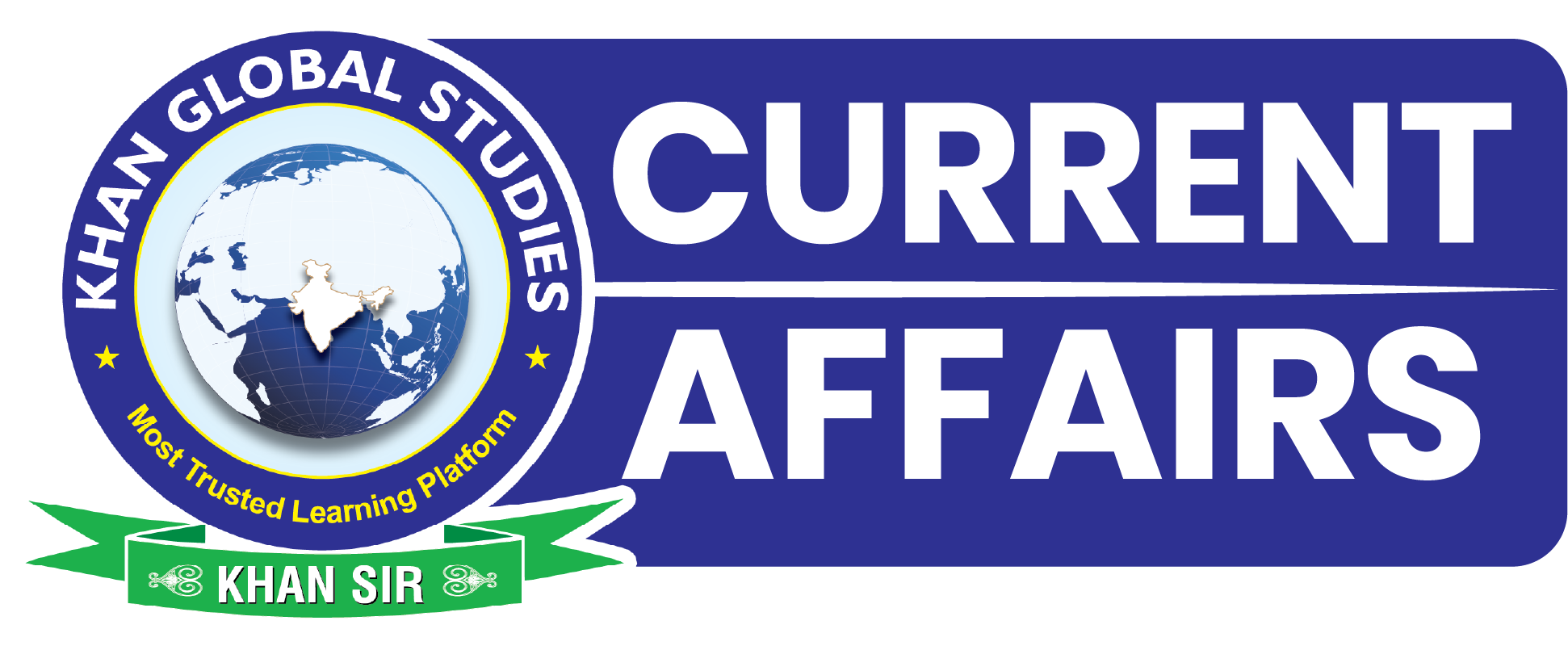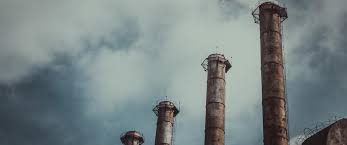Syllabus:
GS3: Conservation, environmental pollution and degradation, environmental impact assessment.
Context:
A new study found that the world’s first market for trading in particulate matter emissions, launched in Gujarat’s Surat, delivered both environmental and economic benefits.
Key highlights of the study:
The study was published in the May edition of the Quarterly Journal of Economics. A total of 162 plants were examined, most of which belonged to the textile industry.
The study involved researchers analysing the emissions performance of plants enrolled in the program and comparing them with those operating under standard pollution norms.
Using a randomised controlled trial in Surat researchers found that the market-based programme reduced particulate emissions by 20 to 30 per cent.
- Pollution abatement costs dropped by over 10 per cent, and compliance with environmental laws rose to 99 per cent among participating plants.
On the other hand, plants outside the market failed to meet pollution norms for nearly a third of the study period of almost two years.
The study is based on the idea of emissions trading, which has been in operation in Europe since 2005 and in China since 2021.
Emission Trading Scheme

An emissions trading scheme (ETS) or market is a regulatory tool to cut greenhouse gas emissions along with providing industries the financial incentives to comply with norms and to get them to invest in cleaner technology.
- Under ETS, regulators set a cap or a limit on the total emissions load that can be released into the air.
- Instead of enforcement through fines or show-cause notices, industries are given emissions permits or allowances, which can be traded among them to meet compliance.
- This lends the name ‘cap-and-trade’ to emission markets.
Each permit allows industries to release a specific quantity of pollution into the air, such as a kilogram of particulate matter pollution or a ton of carbon dioxide.
- Plants with pollution-reducing technology save their permits and sell them to those who might need them to make up for their compliance gap.
- This way, plants with fewer resources get time to gradually shift to cleaner technology by complying with a cap and others earn through trading.
Minimum floor price and maximum ceiling price are usually set by regulators to maintain stability and to keep the scheme attractive.
Regulators can also tighten the cap based on pollution monitoring data. Industries that breach emission caps are penalised on a per tonne cost basis. In some instances, they also have to surrender their permits.
To ensure emissions reduction, regulators tighten emission caps and issue fewer permits as the ETS matures.
This can ensure that industries find it more cost-effective to use cleaner technologies, rather than buying scarce and expensive permits.
Mains Practice Question
Q. “Emissions Trading Schemes (ETS) are increasingly being adopted as a market-based solution to curb pollution while balancing economic growth.” Critically examine the effectiveness of ETS in achieving environmental goals, with special reference to India’s Surat ETS.
PYQ: Should the pursuit of carbon credits and clean development mechanisms set up under UNFCCC be maintained even though there has been a massive slide in the value of a carbon credit? Discuss with respect to India’s energy needs for economic growth. (2014)

